E Bike Laws
National Guidelines (Australia-wide)
Before Using this vehicle, check the applicable local laws relating to your intended use of the vehicle on roads and road related areas.
Under Australian Consumer Law and vehicle standards, an e-bike is legal for use on public roads if it meets one of the following criteria:
1.Pedalec (EN15194 compliant)
- Max motor power:250W
- Must bepedal-assistedonly (motor cuts out above 25 km/h)
- Throttle only allowed to assist up to 6 km/h
- Regarded as a bicycle,no license, registration, or insurance required
2.Non-Pedalec (throttle-assist only)
- Max motor power:200W
- Motor can be throttle-operated (no pedal required)
- Also considered a bicycle under law
Anything above 250W or capable of speeds higher than 25 km/h using motor power alone is considered a motor vehicle in most jurisdictions and may require registration, licensing, and insurance.
National Framework (Across All States & Territories)
-
To be legally treated as a bicycle, an e‑bike must:
-
Have a continuous motor rating ≤ 250 W (EN 15194-certified pedelec) or ≤ 200 W for throttle‑assist models Provide motor assist only up to 25 km/h, and throttle assistance only up to ~6 km/h
-
-
Riders must wear a helmet compliant with AS/NZS 2063:2008. Fines for non‑compliance range from CA$50‒CA$362 depending on jurisdiction
New South Wales
Two legal e‑bike categories under recent NSW amendments:
Power‑assisted pedal cycles: max 200 W, motor only aids when pedalling.
-
Electrically power‑assisted cycles (pedelecs): up to 500 W, with power tapering off above 6 km/h and cutting out at 25 km/h. No licence or registration required for compliant bikes
-
No minimum legal age, but riders under 16 may ride on footpaths (if a “No Bicycles” sign doesn’t apply). Children under 10 should use child trailers or appropriate equipment
-
Insurance: e‑bikes are considered bicycles—motor vehicle insurance doesn’t apply. However, injury/property insurance is strongly recommended
-
Where to ride: roads, bike lanes, shared paths; prohibited on motorways or tramways; rules same as for conventional bikes (hand‑signals, give‑way signage, etc.)
-
Battery regulations: From Feb 1, 2025, sales of lithium-ion powered devices (including e‑bike batteries) must comply with strict certification; non‑compliant suppliers face fines up to $825,000 AUD
Victoria
-
Complying pedelecs (EN15194-certified) ≤ 250 W, assist cuts off at 25 km/h.
-
Standard non‑throttle e‑bikes capped at 200 W.
-
E‑bikes exceeding these limits are treated as motor vehicles and require registration and a motorcycle licence
-
No specific age restriction for standard e‑bikes; children riding e‑bikes should still wear helmets.
-
Helmet mandatory by bicycle law; same rules on lighting, reflectors as pedal bikes.
Queensland
-
Pedelecs ≤ 250 W, throttle‑assist only up to 200 W; motor cuts off at 25 km/h.
-
No licence, registration or helmet exemptions—helmets mandatory.
-
Minimum age 16 for throttle‑assist use; pedal‑assist only bikes generally have no age limit
-
Must follow bicycle road rules; prohibited on bicycle‑banned paths
South Australia
-
Aligns with national standards: pedelec ≤ 250 W, throttle‑assist ≤ 200 W, assist stops at 25 km/h.
-
Overpowered bikes require registration and licence.
-
Helmet and lighting rules same as bicycles; no minimum rider age specified
Western Australia
-
Must comply with EN15194: ≤ 250 W motor, pedal‑assist only, cut‑off at 25 km/h
-
Compliant e‑bikes require no licence or registration; helmet mandatory, lighting rules apply.
-
Treated like bicycles on public roads and paths.
Australian Capital Territory
-
Same technical limits (≤ 250 W pedelec; ≤ 200 W throttle‑assist; 25 km/h cap).
-
Pillion passengers permitted if the bike is designed for it, with footrests and helmeted riders/passengers
-
No registration or licence; must obey bicycle rules and helmet laws.
Northern Territory & Tasmania
-
Follow national standards: pedelec ≤ 250 W; throttle assist ≤ 200 W; motor assist ceases at 25 km/h.
-
No special licence/registration; helmet mandatory.
-
ICE (petrol) pedal‑bikes banned or restricted; treated otherwise as bicycles
For more information about the FatBoy Bikes please clink on the link below:
https://cdn.shopify.com/s/files/1/0693/7270/7056/files/Fatboy_Bikes_-_E-micromobility_vehicle_information.pdf
Comparison Table
| State/Territory | Pedelec Limit | Throttle‑Assist Limit | Max Speed (Assist) | Licence/Reg? | Helmet Req. | Min Age Throttle |
|---|---|---|---|---|---|---|
| NSW | ≤ 500 W EN15194 | ≤ 200 W | ≤ 25 km/h | ❌ (if compliant) | ✅ | 16 suggested |
| Victoria | ≤ 250 W EN15194 | ≤ 200 W | ≤ 25 km/h | ❌ (compliant); ❌ if > limits | ✅ | None specified |
| Queensland | ≤ 250 W | ≤ 200 W | ≤ 25 km/h | ❌ | ✅ | 16 |
| South Australia | ≤ 250 W | ≤ 200 W | ≤ 25 km/h | ❌ | ✅ | None specified |
| Western Australia | ≤ 250 W EN15194 | ≤ 200 W | ≤ 25 km/h | ❌ | ✅ | None |
| ACT | ≤ 250 W | ≤ 200 W | ≤ 25 km/h | ❌ | ✅ | None |
| NT / Tasmania | ≤ 250 W | ≤ 200 W | ≤ 25 km/h | ❌ | ✅ | None |
